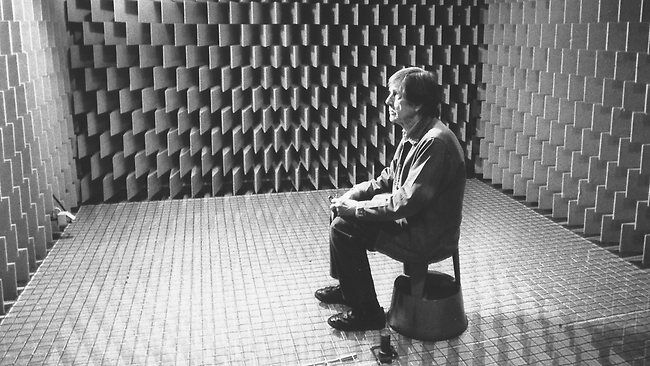The body in art
From dadaist scandals to digital happenings – how performance art transforms the world and ourselves

Imagine walking into an exhibition where there are no paintings on the walls – only living people. The artist doesn’t hide behind the canvas but becomes the artwork itself. There’s no conventional divide between the gallery and the stage; the audience inevitably becomes a participant, swept into a hypnotic dance of emotion, meaning, and raw corporeal expression. This is performance art – the most visceral, most daring, and most unpredictable of all art forms.
Born of protest
Performance art was born out of rebellion, when art got tired of convention. In the early 20th century, Dadaists and Futurists staged a revolt against tradition. Their actions were provocative, outrageous, and deliberately unsettling to bourgeois sensibilities. At Zurich’s legendary Cabaret Voltaire, madcap performances unfolded with poets screaming nonsense verse, artists destroying canvases, and audiences being lured into chaotic scenes, often just shy of scandal. These were the first steps toward erasing the line between art and life, turning the viewer into an active participant in the artwork.
By the mid-20th century, performance art found its voice. American composer John Cage shocked audiences with 4’33”, a piece in which musicians sat in silence while the ambient sounds of the room became the “music.”
“Real music is the life around us,” said Cage, challenging the very definition of art.

source:StoreFrontLab
French avant-garde visionary Yves Klein also used the body as a canvas. In his iconic ‘Anthropometries’, he dipped models in blue paint and pressed their bodies against canvas live before the audience, turning creation into spectacle.
“Art is not an object – it’s a moment,” Klein insisted, offering a radical new vision of beauty and expression.
But performance does not just shock and spectacle – it confronts deeper truths. Serbian artist Marina Abramović famously tested the limits of vulnerability in Rhythm 0, where she gave total control of her body to the audience. What unfolded was a harrowing, emotional, and at times violent experiment that laid bare human nature – its capacity for cruelty and its aching fragility.
Happenings, environments, and digital performance
Performance art isn’t always a solo act – it can take shape as a sprawling collective experience. Happenings, born out of absurdity and spontaneity, channeled an electrifying sense of freedom. American artist Allan Kaprow orchestrated chaotic events where audiences juiced oranges or swept the floor, turning the ordinary into an artistic gesture. Happenings shattered conventional structure and revealed that art isn’t separate from life – it is life.
In the 21st century, performance art has gone digital, but no less emotional, no less powerful. Artists now take to the internet, transforming livestreams, flash mobs, and social media events into vehicles of artistic expression. Digital performance makes art borderless and accessible, connecting people worldwide. Thai artist Rirkrit Tiravanija, for instance, hosts “live kitchens” at exhibitions, blending communal cooking with live broadcasting as a new form of global dialogue.
The art of being human
More than ever, performance artists today use their bodies and voices to address social and political realities – from freedom and gender identity to climate collapse. Performance becomes a tool of protest and a means of demanding justice. It is living proof of how art can change the world.
But perhaps its greatest power lies in its humanity. Performance art expresses what we often silence: fear, doubt, love, pain. It is deeply personal, fragile, and exposed. It isn’t just art – it’s raw honesty inside-out.
Today, performance is a conversation that includes everyone: artists, audiences, society itself. It’s a mirror reflecting our deepest anxieties and highest aspirations. And that’s why performance remains so vital – it continues to speak to us through the language of the body, emotion, and boundless creativity.


